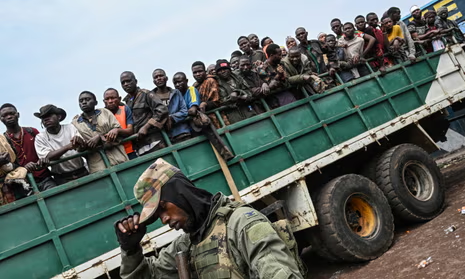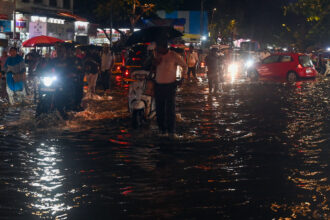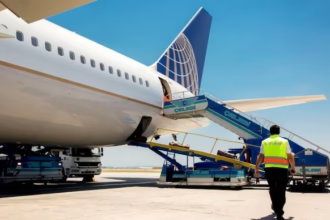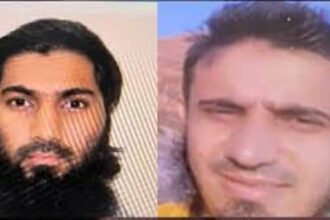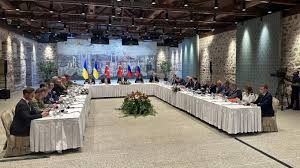The Democratic Republic of Congo (DRC) is once again in the global spotlight as violence surges in its mineral-rich eastern provinces DR Congo conflict. At the heart of this conflict is the rebel group M23, which has escalated its offensive, prompting international mediation and widespread humanitarian concern.
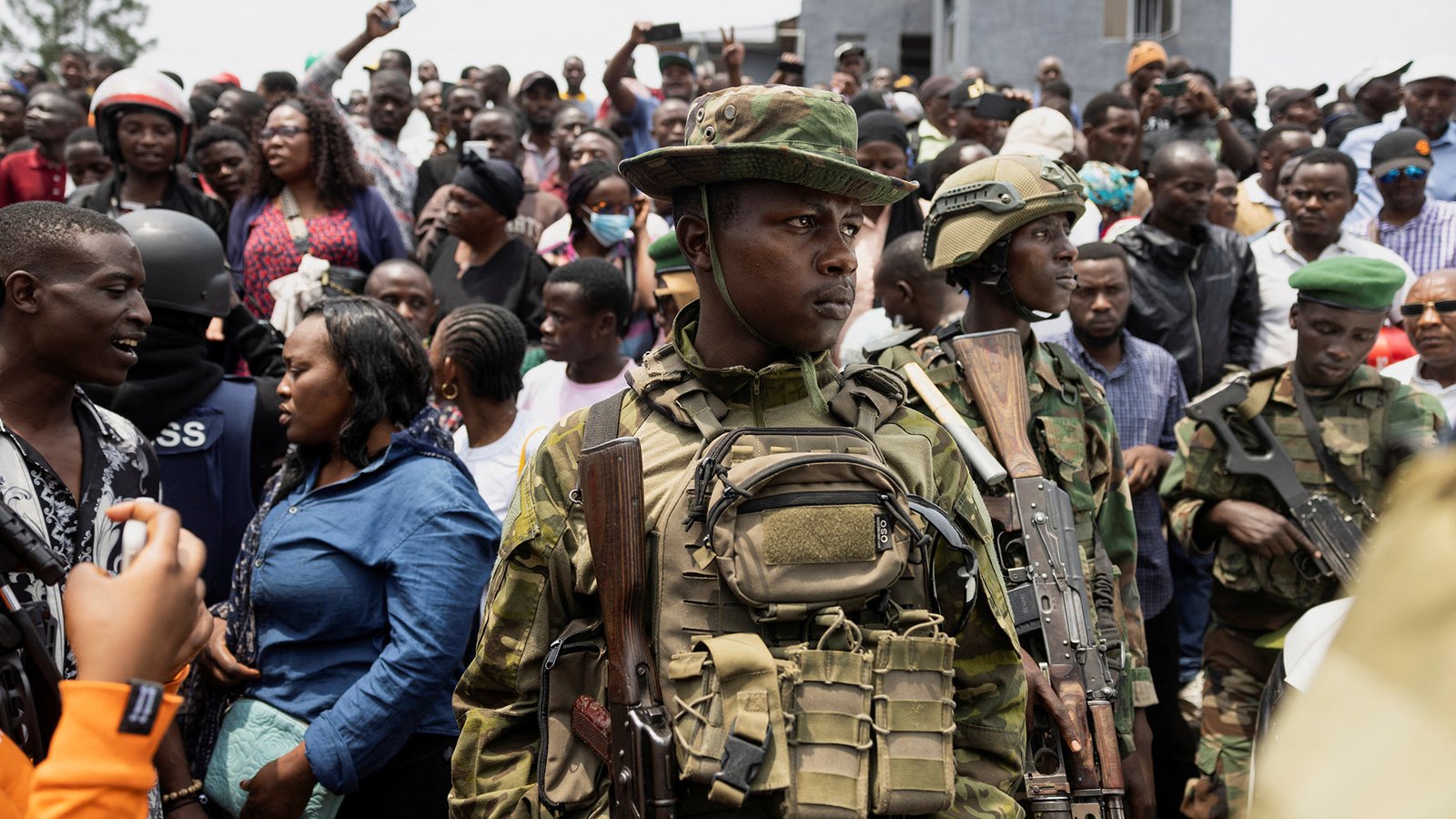
Why is the DR Congo at War Again?
The roots of the DR Congo conflict stretch back more than three decades, with instability intensifying after the 1994 Rwandan genocide. Since then, armed groups have vied for control of the DRC’s vast resources, resulting in deadly wars dubbed “Africa’s World Wars.”
In 2025, fighting escalated when the M23 rebels—a group comprised largely of ethnic Tutsis—seized strategic cities like Goma and Bukavu. The rebel group claims it is fighting to protect Tutsi rights, citing broken promises from earlier peace deals such as the 23 March 2009 agreement.
What is M23 and Who Backs Them?
The M23 (March 23 Movement) first emerged in 2012, gaining international condemnation for alleged war crimes and human rights violations. Though previously defeated, they resurfaced in 2021, accusing the Congolese government of failing to integrate Tutsi fighters and uphold peace promises.

Multiple sources, including a UN panel, allege that Rwanda is backing M23. Reports suggest as many as 4,000 Rwandan troops are supporting the rebels. Rwanda denies the claims, but international consensus—including from the US, UK, and France—points to Kigali’s deep involvement.
What Does the 2025 Peace Deal Say?
In June 2025, the US brokered a peace agreement between Rwanda and DR Congo, though notably M23 was not a signatory. Key points of the deal include:
- Rwanda disengaging its troops from DRC territory
- Ending all support to armed groups like M23 and FDLR
- Fostering foreign trade in critical minerals
While the agreement is a diplomatic milestone, many have criticized the omission of the M23 and the lack of immediate plans for rebel withdrawal. Ongoing talks mediated by Qatar may offer a complementary path forward.
The Role of Mineral Wealth

DR Congo is home to vast reserves of coltan, gold, and rare earth metals essential to global tech manufacturing. The M23’s control of mining towns has raised alarms that the conflict is not just political, but economic. UN reports suggest 120 tonnes of coltan are being smuggled monthly from rebel-held areas into Rwanda, though Kigali denies any wrongdoing.
As reported by Human Rights Watch, mineral exploitation has long fueled violence in the region, drawing parallels to the “blood diamond” conflicts of West Africa.
What’s Next for Peace in DR Congo?
While the UN peacekeeping mission MONUSCO remains operational, it faces legitimacy challenges. The Congolese government is pushing for its withdrawal, citing ineffectiveness. Meanwhile, the withdrawal of the Southern African Development Community (SADC) force in April signals limited regional capacity to counter M23 advances.

With millions displaced and thousands killed, the road to lasting peace will require more than ceasefires. It demands inclusive governance, transparent control of resources, and accountability for war crimes.
Conclusion
The DR Congo conflict is a sobering reminder of how history, ethnicity, geopolitics, and economic greed can intertwine to devastate a nation. As peace talks continue, the world watches to see if this latest diplomatic push can finally bring justice and stability to one of Africa’s most war-torn regions.
For more updates on African conflicts and global peace efforts, follow The Morning News Informer.


